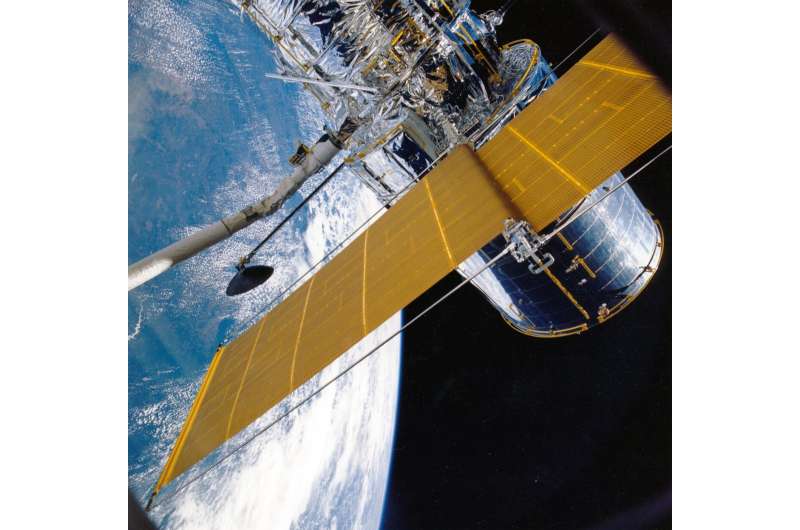Credit: Pixabay from Pexels
Scientists have developed a laser material processing method to produce textured surfaces that repel dirt and water. This technology will primarily be used in the aerospace industry.
The use of coatings that mimic the lotus plant, whose leaves have self-cleaning properties, is becoming more common in a broad range of applications, from industry to medicine. When water falls on these leaves, it forms beads that roll off, taking dust and dirt with them thanks to the complex microscopic and nanoscopic structure of the surface. Supported by the EU-funded LASER4FUN project, a team of researchers has devised a method inspired by the lotus effect using lasers to etch filigree patterns directly into metal surfaces.
Summarising the process in a press release by the Fraunhofer Institute for Material and Beam Technology IWS, Dr Tim Kunze said: "With our process, we want to prevent any form of contamination on aircraft surfaces." He added, however, that "it would also be a success if we could at least reduce it considerably."
Lotus effect
The same press release notes that the engineers have used a direct laser interference patterning (DLIP) technique. This involves the use of special optics to split a single laser beam into several partial beams that recombine on the metal surface to be structured. It creates precise and controllable light patterns. "If the interference pattern is focused onto a titanium sheet, the high-energy laser light melts and ablates the material in the bright areas, while it leaves the material unaffected in the dark areas."
The team observed that these patterns resemble halls of pillars or corrugated iron roofs. "The distances between the pillars can be set between 150 nanometers (millionths of a millimeter) and 30 micrometers (thousandths of a millimeter)." This creates a surface on which water droplets cannot find enough grip. As a result, they roll or slide off, instead of spreading out to form a film, similar to the lotus effect observed in nature.
Such water-repellent or superhydrophobic surfaces are also produced by other technologies, as explained in the press release. "Today, most lotus-like coatings on metal sheets, glasses or bathroom fittings are still produced by special processes. The main advantage of these coating methods is that they allow treating large areas. However, the coatings age over time, can easily be damaged and do partly not comply with new EU environmental regulations coming into force." The scientists emphasise that the structures produced by the DLIP method may well last years without raising environmental concerns.
In addition to flight testing laser-structured coatings on an aircraft wing, the team is also looking into other applications for its lotus-like nanostructures. The researchers suggest that the technology could be utilised to guard against counterfeiting or to improve the biocompatibility of surgical implants, such as those used in dentistry.
The ongoing LASER4FUN (European Esrs Network On Short Pulsed Laser Micro/Nanostructuring Of Surfaces) project aims to "structure surfaces embedding properties for industrial applications," according to CORDIS. It focuses on the "interaction of laser energy with several materials (metals, semiconductors, polymers, glasses and advanced materials) and on new surface functionalities like tribology, aesthetics and wettability." Another objective of the project is to create an international training network for early-stage researchers in the field of metal processing.
More information: LASER4FUN project website: www.laser4fun.eu/
Provided by CORDIS























